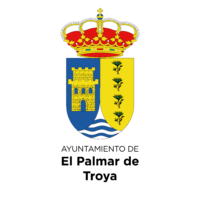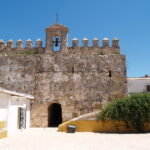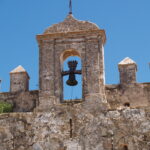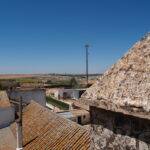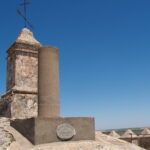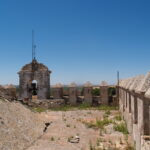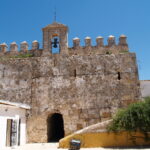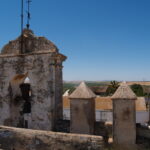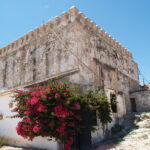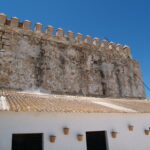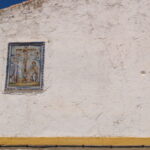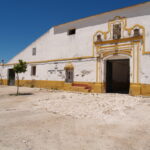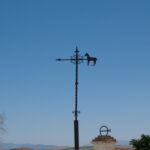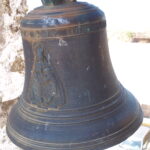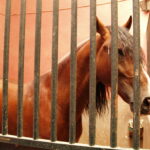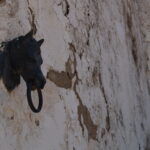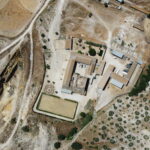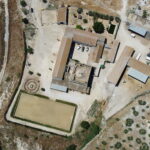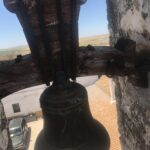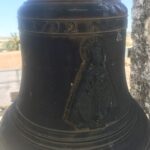Asset of cultural interest
The tower of Troya is located on the top of a hill to the east of El Palmar de Troya. It has great visibility, overlooking the Palmar de Troya to the west; the course of the Salado stream and the Torre de la Ventosilla hill to the north; and the Torre del Águila to the east.
It has been listed as an Asset of Cultural Interest since 1985. It is a square tower (about 10x10m) with two floors. The entrance allows us to see some large walls (between 3 and 4m). It has a top and a refurbishment, which can be dated by a bell dated 1792 placed in a belfry. The battlements seem to have been renovated at the same time.
It would have been one of the defensive watchtowers that made up the watchtower and defence network of the Moorish band. These are usually dated to around the 14th century, mainly during the reign of Alfonso XI. It is probably contemporary to other towers such as those of El Águila or La Ventosilla, with which it has visual communication, or those of El Bollo or Lopera.
Translated with www.DeepL.com/Translator (free version)
Tower of Troya
History
Curiosities
This curious and partly mysterious tower, as it is not known exactly in what year it was erected and why it took the name Troya, stands proudly on the top of a hill to the east of the present-day village of El Palmar de Troya. As a curious fact, it is located inside an estate, on private land, something which has undoubtedly contributed to the fact that it is now in a more than acceptable state of conservation and has not had to suffer the effects of vandalism, as has happened to its neighbour Torre del Águila, which is perfectly visible from this location and which is now languishing amidst graffiti and theft of the stones with which it was built.
The tower of Troya fulfilled its watchtower functions perfectly until the end of the Reconquest, when it was integrated into the Hacienda de Troya, a livestock and agricultural centre of reference in the whole region, being also a very well known place as it was the site of a cattle landing place so that all those who were dedicated to the transhumance of livestock could make their stop.
As a curious fact, according to historical data, Martín Bécquer, Gustavo Adolfo Bécquer’s ancestor, settled on this Troya estate in 1744, through what was known as the Renta Reales payment. Shortly afterwards, in 1792, this tower underwent a small refurbishment in which a bell with the inscription of that year was placed on the belfry.
Videos


Visit our Social Networks
Web subvencionada con los fondos para el fomento de la implantación de las tecnologías de la información
y la comunicación de los recursos e instalaciones turísticas municipales
(MUNITIC).
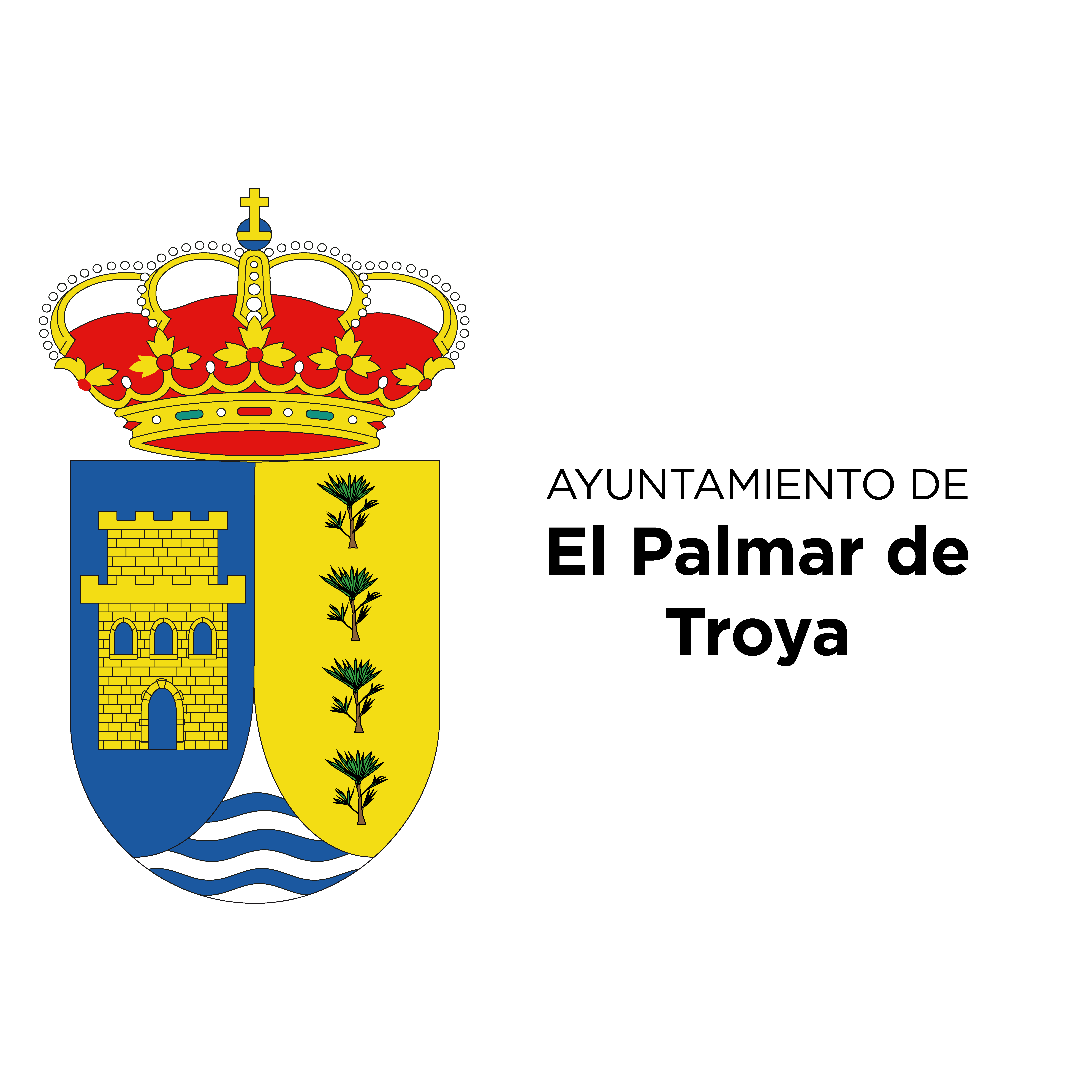
El Palmar de Troya City Council
Tourist Office
C/ Geranio S/N CP 41719
Mon – Fri: 8:00 am – 16:00 pm
